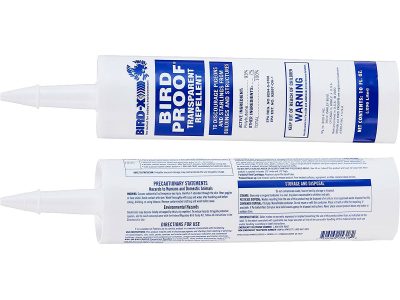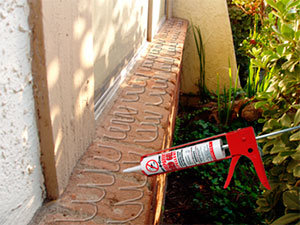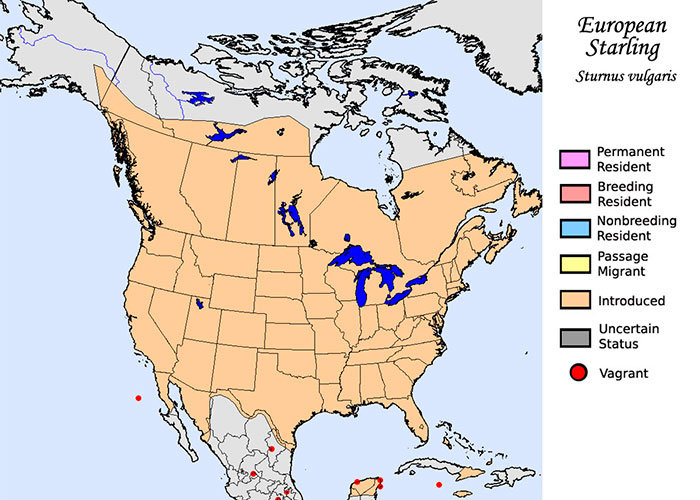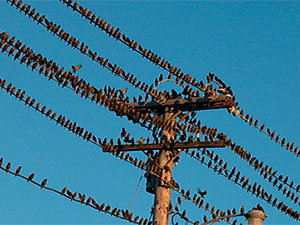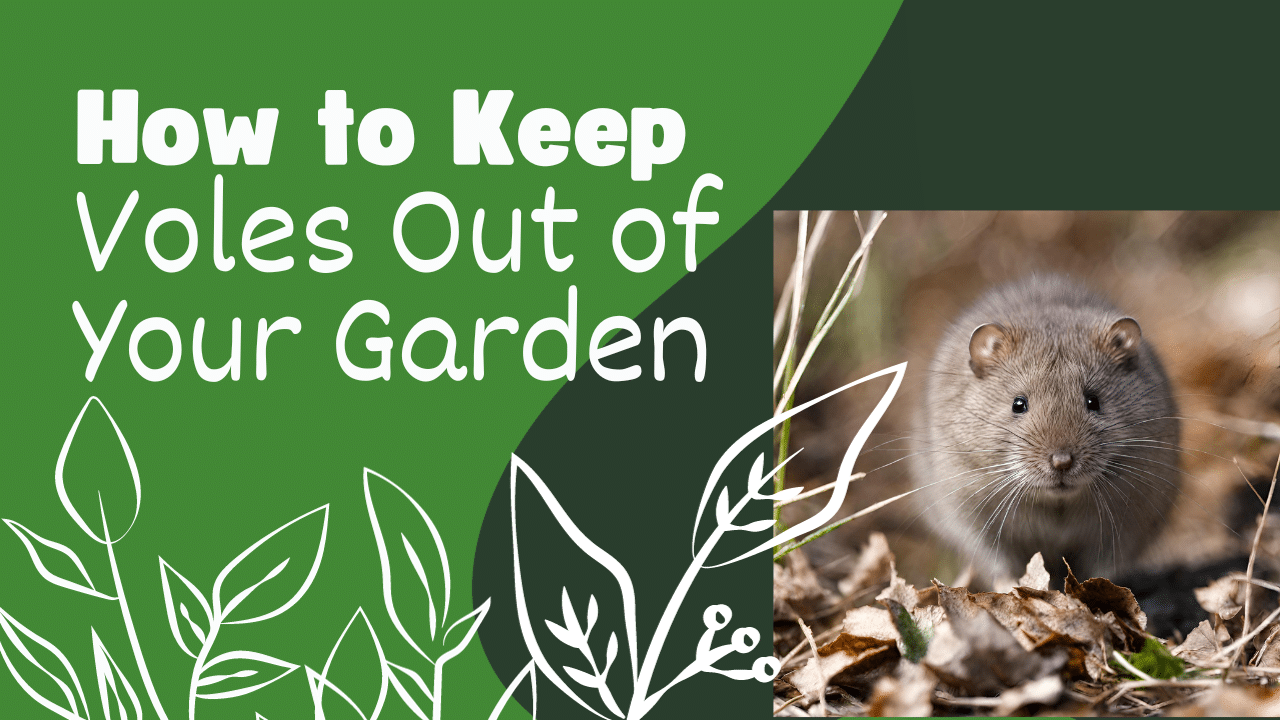
- LAST UPDATED: November 24, 2023
Are you tired of starlings on your property? Sick of having to clean up after them? Here is how to control these noisy birds.
Due to their eating, nesting, and living habits, starlings can be a nuisance in urban as well as in rural areas. Thousands of starlings can overwhelm trees and buildings. Feces from starlings’ flocks can lead to structural damage. How do you get rid of starlings?
We have a great variety of working products and methods that will help you to resolve all starling problems. Learn about human, natural products that will make your starling control much more effective.
3 Steps Guide on How to Get Rid of Starlings
Starlings are a nuisance and can be a real problem for homeowners. They're noisy, they poop everywhere, and they'll eat your plants. They also carry diseases that can harm humans and pets.
Luckily, there's an easy way to get rid of starlings from your property without harming them or yourself! Here are 3 steps on how to get rid of starlings in the yard or garden, so you can reclaim your space back from these pesky birds.
STEP 1. Don't Give Them Food or Water
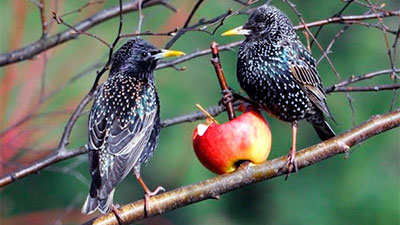
This can be done by eliminating any feeders, birdbaths, or other sources of water on your property. If you have a garden, make sure to cover any fruits or vegetables that might be attracting them.
STEP 2. Restrict Nesting
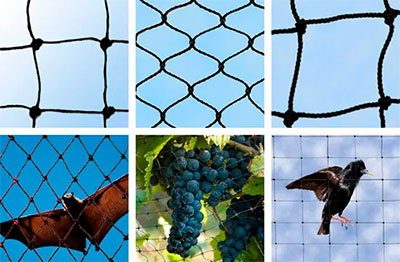
- Install a fence or bird netting around your property to keep them out.
- Use Bird-shock deterrents.
- Apply repellent gels.
1. How to Modify Starlings’ Roosting Habits Using Bird Netting
Bird netting is the most efficient method for excluding starlings and is effective for all bird species. Bird netting creates an effective, physical barrier to prevent starlings from landing or nesting.
I suggest considering the following:
- This 2″ x 2″ bird net is working, versatile bird exclusion system. The product effectively denies starlings’ access to any architectural configuration.
- Where to use: At any opening or building configuration, any enclosed or semi-enclosed area, where starlings are to be excluded.
- Installation: StealthNet can be installed in any way – horizontally, vertically – necessary to accomplish the task of closing off access to unwanted starlings and other pest birds.
- This ¾″ net is used to humanely block birds like starlings from entering unwanted areas.
- Effectiveness: Effective for starlings and large birds.
- Installation: Can be installed in industrial, commercial, and residential areas including: canopies, eaves, rooftops, garages, warehouses, bridges etc.
2. The Bird-Shock Starling Deterrent You Need to Know
- It is a low profile ledge deterrent system that is really effective against all bird species including starlings. This safest electrical track system that works by producing a mild electrical shock when starlings land on its surface.
- Safety: The shock simply teaches birds to stay away. It’s painful, but will not hurt starlings.
- Benefits: The product is long-lasting, humane, and virtually invisible.
3. Top 2 Efficient Starling Repellent Gels
- It is a safe bird repellent gel that can effectively deter starlings. The product is made of all natural, food-grade ingredients. Gel is just as easy to remove as it is to apply: Just wipe surfaces clean with water and soap and water.
- Where to use: at long, exposed ledges, signs, parapets, pipes and beams.
- It is a repellent liquid that keeps pest birds like starlings from landing or roosting on any surface.
- Where to use: on indoor or outdoor surfaces where starlings are landing.
- Features: The product creates a sticky surface that starlings can’t stand.
Product Benefits:
- Virtually invisible.
- Lasts up to six months outdoors.
- Superfast and easy to install.
STEP 3. Scare Starlings Away
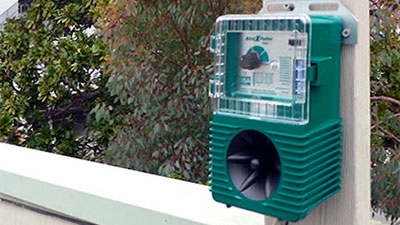
One of the most long-proven methods in starling control is the use of audio systems. These products combine electronic and natural sounds – distress calls, shotgun sounds, and predator attack/hunting sequences.
I suggest using the following:
- BirdXPeller PRO – sonic bird control that uses a variety of predator cries and bird distress call to disorient and confuse starlings and other birds.
- For starling control use Version 1.
- Recommended for use in outdoor areas.
- Effectively repels starlings at loading docks and transportation platforms.
Starlings: Basic Information
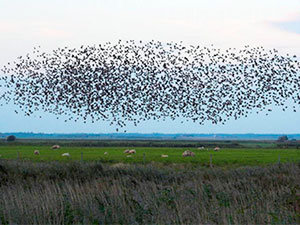
Distribution: In fact, the only habitat starlings don’t typically occupy is the driest sandy deserts. The family is present over the majority of Africa, Europe, and Asia and is naturally absent from large parts of Australia and from the Americas. European Starling is widespread in much of North America.
Habitat: Starlings prefer scattered-trees areas, including gardens and parks. They are often seen in cities, roosting on buildings and in trees.
Reproduction: Starlings nest in isolated pairs. The nest – a loose cup-shaped accumulation of leaves, stems, and other plant material – is situated in trees, nest boxes, buildings, and even in holes in the ground. Both sexes incubate for 12 or 13 days.
Common Problems
Whether eating your garden in the summer or invading your town in the winter, starlings can be quite destructive and bothersome birds. As far as these speckled birds live in agricultural areas and cities, they typically build nests in gutters. These birds are considered pests due to all the big problems they cause, especially near urban roosts and around livestock facilities.
Remember, these birds can be excluded from buildings if there are no larger-than-one-inch openings.
The problems most people may experience are the following:
- Damage to crops – starlings are well known for damaging crops by eating seeds, fruit and grains.
- Large quantities of waste – this usually result in repair costs and expensive clean-up.
- Disease risk – starlings can transfer disease from one livestock facility to another. The virus can be transmitted on vehicles, boots, or already infected livestock.
- Noise – the birds are extremely loud.
In Conclusion
The starlings are frustrating and they’re back! Here’s how to get rid of them. I hope you found this helpful because we know it can be a pain to deal with these pesky birds on your property.
The key to successfully managing problems with these birds is to stop the starling problem before it becomes a major challenge.
Effective methods that improve success include:
- Starting early before, starlings form a strong attraction to the site.
- Being persistent until the problem is solved.
- Use a variety of techniques.
For maximum success in your starling control efforts, we recommend using a multisensory attack – the interaction of 2 or more products – that will make the entire area inhospitable to starlings, forcing them to find a new habitat.
Follow the steps outlined in this blog post and reclaim your space from those pesky starlings by following our 3-step strategy for getting rid of them once and for all.
We’ll see you next time!




